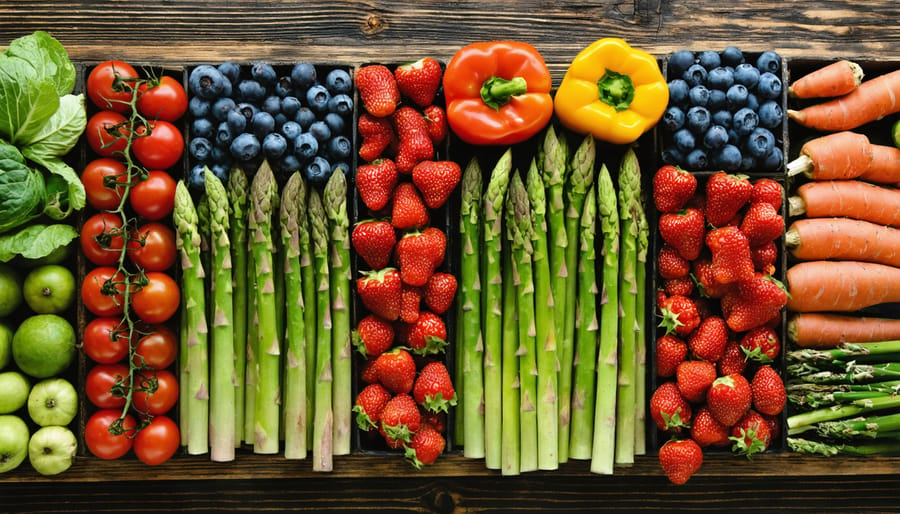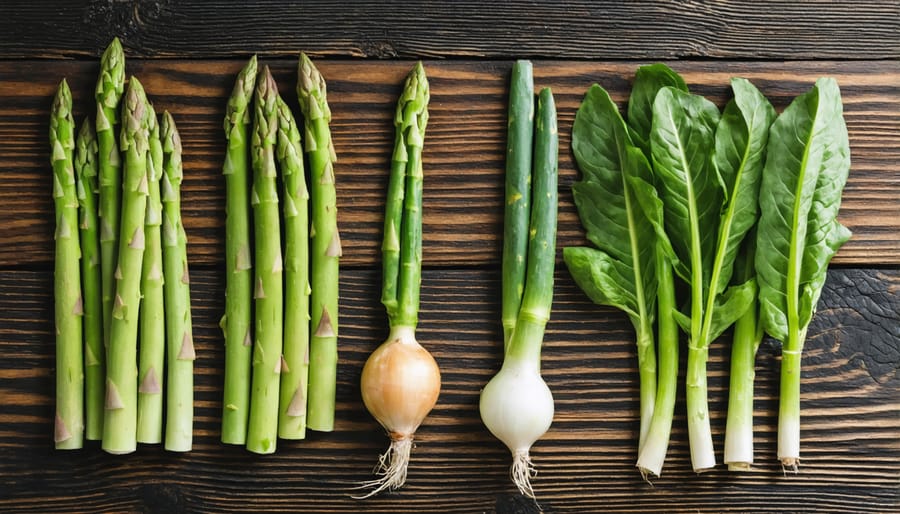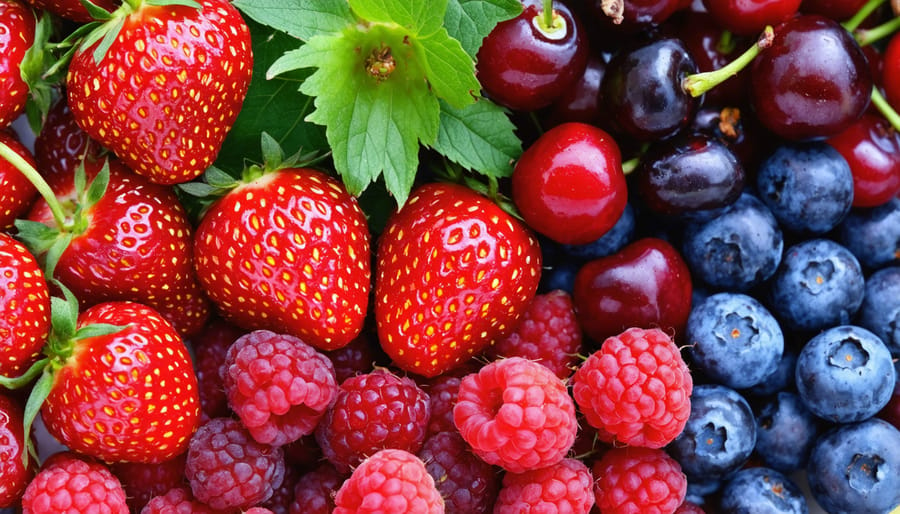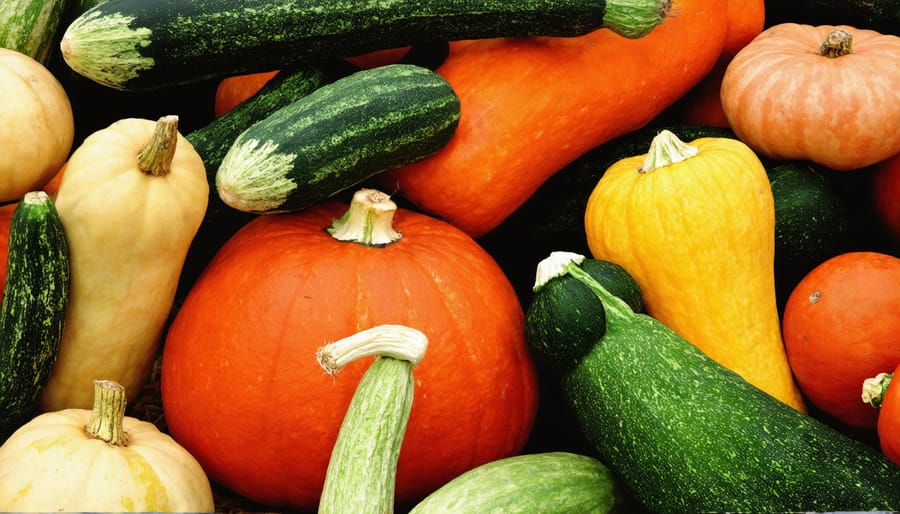How Local Artists Transform Farmers Markets Into Community Celebrations
Transform farmers markets into vibrant community gathering spaces by strategically blending local commerce with engaging entertainment. Live music from regional artists creates an inviting atmosphere while keeping shoppers browsing longer, while interactive cooking demonstrations showcase fresh produce and educate visitors about seasonal ingredients. Children’s activities, from face painting to educational gardening workshops, turn market days into family events that build lasting community connections. Street performers, artisan demonstrations, and pop-up workshops add layers of engagement that distinguish successful markets from simple vendor rows. This dynamic approach to market entertainment doesn’t just attract crowds—it cultivates a sustainable local food culture where commerce, education, and community celebration intersect naturally. The result is a weekly festival that celebrates local agriculture while creating meaningful experiences for vendors and visitors alike.
Beyond Fresh Produce: The Cultural Heart of Modern Markets
Creating the Perfect Market Atmosphere
The right blend of music and art can transform a simple marketplace into a vibrant community gathering space. Live acoustic performances, whether from local musicians or wandering buskers, create an inviting atmosphere that encourages shoppers to linger and explore. These musical elements have become essential components of popular market events, setting the perfect backdrop for a morning of fresh discoveries.
Local artists displaying their work add visual appeal and cultural depth to the market experience. From painters capturing the market scene in real-time to craftspeople demonstrating their skills, these artistic elements create engaging focal points throughout the space. Strategic placement of performers and artists helps guide foot traffic and creates natural gathering spots where community connections flourish.
Consider incorporating seasonal themes into your entertainment choices – perhaps classical music during harvest season or upbeat folk tunes during spring plantings. The key is maintaining a balance where the entertainment enhances rather than overwhelms the shopping experience, creating an atmosphere where both vendors and customers feel energized and welcomed.
Supporting Local Creative Economy
Farmers markets serve as vibrant platforms for local creative talent, fostering a thriving artistic ecosystem within the community. Musicians, from folk singers to jazz ensembles, find opportunities to perform for appreciative audiences while earning income through tips and merchandise sales. Local artisans showcase their handcrafted jewelry, pottery, and artwork alongside fresh produce, creating a diverse marketplace that celebrates both agricultural and creative endeavors.
These markets often become launching pads for emerging artists, helping them build a loyal following and connect with potential customers. The symbiotic relationship between farmers, artists, and musicians creates a unique cultural experience that draws larger crowds and keeps visitors engaged longer. This creative presence not only enhances the market atmosphere but also generates additional revenue streams for the local economy, supporting sustainable livelihoods for artists and performers while enriching the community’s cultural fabric.
Musical Elements That Make Markets Sing

Popular Market Music Styles
Music at farmers markets should strike a balance between creating ambiance and not overwhelming shoppers’ conversations with vendors. Acoustic folk music tends to be a market favorite, featuring guitars, banjos, and fiddles that create a warm, rustic atmosphere. These stripped-down performances complement the natural, farm-fresh environment without dominating it.
Jazz combos, particularly those featuring light instrumental arrangements, work wonderfully in market settings. Their improvisational nature and smooth rhythms help create a relaxed shopping experience. Bluegrass music, with its traditional American roots and upbeat energy, often resonates well with market-goers and reflects the agricultural heritage many markets celebrate.
World music performers add cultural diversity and interesting flavors to the market atmosphere. From Latin guitar to African drums, these genres can transport shoppers while they browse local produce. Classical string quartets or solo performers can add an elegant touch, especially at upscale markets or during special events.
For maximum effect, volume levels should allow for easy conversation between vendors and customers while still providing pleasant background entertainment. Many successful markets rotate between these styles to maintain variety and appeal to different audience preferences throughout the season.
Setting Up Performance Spaces
Creating effective performance spaces at farmers markets requires thoughtful planning and arrangement. Start by identifying areas with natural shade or setting up canopies to protect performers and audiences from the elements. Position entertainment zones away from high-traffic vendor areas to prevent congestion while ensuring they’re still visible to market-goers.
Consider the acoustics of your chosen space – brick walls and hard surfaces can help amplify sound naturally, while open areas might require basic amplification equipment. Set up seating in a semi-circle arrangement using hay bales, portable chairs, or picnic blankets to create a welcoming atmosphere that encourages people to stay and enjoy the performances.
Ensure there’s adequate space for performers to set up their equipment and move comfortably. A flat, stable surface is essential – wooden platforms or sturdy ground covers work well. Include clear signage displaying performance schedules and leave enough room for people to easily walk past without disrupting the show.
For safety and convenience, keep electrical outlets or generators nearby for sound equipment, and establish clear pathways for emergency access. Remember to position entertainment areas where the music won’t overwhelm vendor-customer interactions.
Visual Arts and Crafts Integration
Live Art Demonstrations
Live art demonstrations bring an exciting visual element to farmers markets, transforming them into open-air studios where creativity flourishes alongside fresh produce. Local artists set up their easels, pottery wheels, and craft stations, offering visitors a chance to witness the artistic process in real-time. These demonstrations often feature watercolor painters capturing the vibrant colors of fresh produce, sculptors molding clay into functional pottery, and sketch artists creating quick portraits of market-goers.
Many artists encourage audience participation, offering mini-workshops where visitors can try their hand at simple techniques. Children particularly enjoy these interactive sessions, which might include painting vegetables, creating nature-inspired crafts, or learning basic sketching skills. Some markets even coordinate themed art activities that align with seasonal produce or local cultural celebrations.
The presence of working artists not only entertains but also supports the local creative community. Many demonstrating artists offer their completed works for sale, providing another avenue for sustainable local commerce while adding to the market’s diverse atmosphere. These demonstrations help create memorable experiences that keep visitors returning week after week.

Artisan Vendor Success Stories
Meet Sarah Chen, whose handcrafted jewelry booth has become a market favorite in Portland. Starting with just a small display of wire-wrapped pendants, she now draws crowds with live demonstrations of her craft. “People love watching pieces come to life,” she explains. “It’s not just about selling; it’s about sharing the artistic process.”
In Austin, the Martinez family turned their traditional Mexican paper flower making into an interactive experience. Visitors can watch Maria Martinez create intricate blooms while her daughter teaches simple folding techniques to children. Their booth has become so popular that they now offer scheduled workshops during market hours.
Bob Wilson, a woodworker from Seattle, found his niche by combining craftsmanship with storytelling. He carves small items while sharing tales about sustainable forestry and local wood species. His engaging approach has tripled his sales and earned him a loyal following.
These success stories share a common thread: they’ve transformed static displays into dynamic experiences that educate and entertain, creating lasting connections with market-goers while boosting their businesses.
Planning Market Entertainment

Seasonal Programming Tips
Align your entertainment schedule with the natural rhythm of the seasons to create memorable market experiences. Spring calls for acoustic musicians and children’s performances celebrating new beginnings. Feature local dance troupes and cooking demonstrations highlighting fresh produce during summer’s peak harvest.
As autumn approaches, incorporate harvest-themed activities like pumpkin carving demonstrations and folk music that captures the cozy atmosphere. Winter markets benefit from carolers, holiday craft workshops, and storytelling sessions that bring warmth to chilly days.
Consider weather conditions when planning outdoor performances and always have a backup indoor location ready. Schedule shorter sets during extreme temperatures and longer entertainment blocks during mild weather. Partner with local schools and community groups whose availability often matches the seasonal calendar.
Remember to rotate performers regularly to maintain variety and keep the entertainment fresh throughout the year. This helps create unique experiences that keep visitors returning regardless of the season.
Community Engagement Strategies
Building a vibrant farmers market entertainment program starts with implementing effective community engagement strategies to connect with local talent. Start by reaching out to nearby music schools, art centers, and performing arts organizations to create partnerships. Consider establishing a rotating schedule that gives various artists regular opportunities to showcase their talents.
Create an open application process where performers can easily submit their interest in participating. This might include street musicians, dance troupes, face painters, or storytellers. Encourage diversity in performances by featuring different cultural groups and artistic styles throughout the market season.
Develop a mentorship program where experienced performers can guide newcomers, fostering a supportive artistic community. Consider organizing special themed events that align with seasonal produce or cultural celebrations, allowing performers to create targeted programming that resonates with market visitors.
Remember to maintain clear communication channels with your entertainment providers and gather feedback from market visitors to continuously improve the entertainment offerings.
Entertainment at farmers markets goes far beyond mere amusement – it’s the heartbeat that transforms a simple marketplace into a vibrant community gathering space. When local musicians fill the air with melodies, children laugh at puppet shows, and cooking demonstrations bring people together, markets become destinations that draw visitors back week after week.
These engaging elements create lasting memories and forge meaningful connections between farmers, artisans, and consumers. They encourage families to spend more time exploring local produce, learning about sustainable farming practices, and supporting their community’s agricultural heritage.
Successful markets have shown that entertainment doesn’t just increase foot traffic – it builds a sense of belonging and shared purpose. Whether it’s through seasonal festivals, educational workshops, or regular live performances, these activities make the market experience richer and more meaningful for everyone involved.
By investing in quality entertainment, farmers markets can secure their place as essential community hubs where commerce, culture, and connection flourish together. The result is a thriving local food system supported by engaged, loyal customers who value both the products and the experience.









